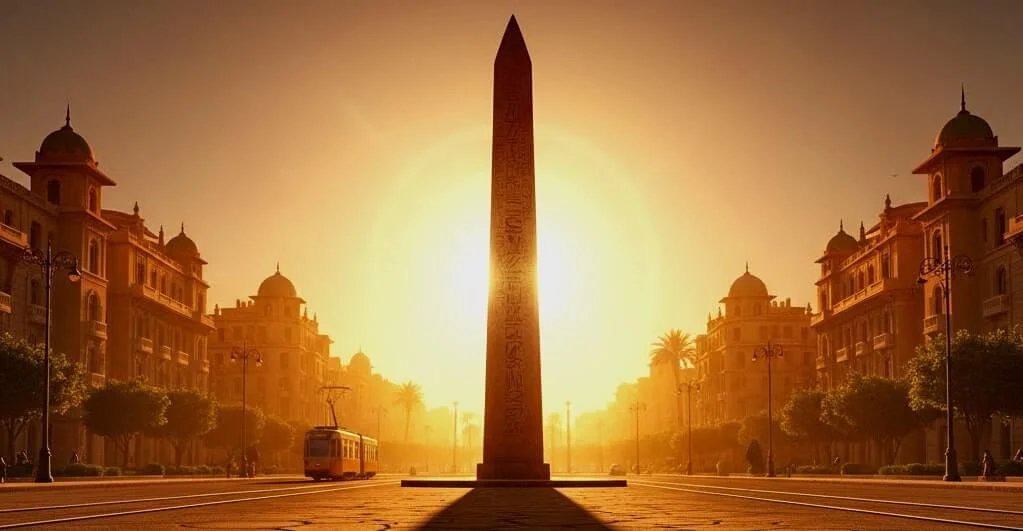The White Desert National Park is in the Farafra depression of western Egypt. This protected area is about 45 kilometers north of the town of Farafra. It’s famous for its surreal, white chalk formations. These rocks show the area’s ancient geological and paleontological history. The landscape reveals how climate changes and geological forces shaped Earth’s past.
Geological Genesis of the White Desert
The distinctive white topography of the Farafra Desert is primarily composed of chalk, a soft, porous form of limestone. Chalk makes up most of the White Desert. This chalk is biogenic, meaning it came from living organisms. Microscopic marine algae called coccolithophores formed it. They lived in the ancient Tethys Sea about 100 to 66 million years ago. Their skeletal remains settled on the seabed. Over time, these remains formed thick layers of chalk.
Later, tectonic activity pushed the land up. This exposed the marine sediments. Once exposed, erosion began to shape the land.










